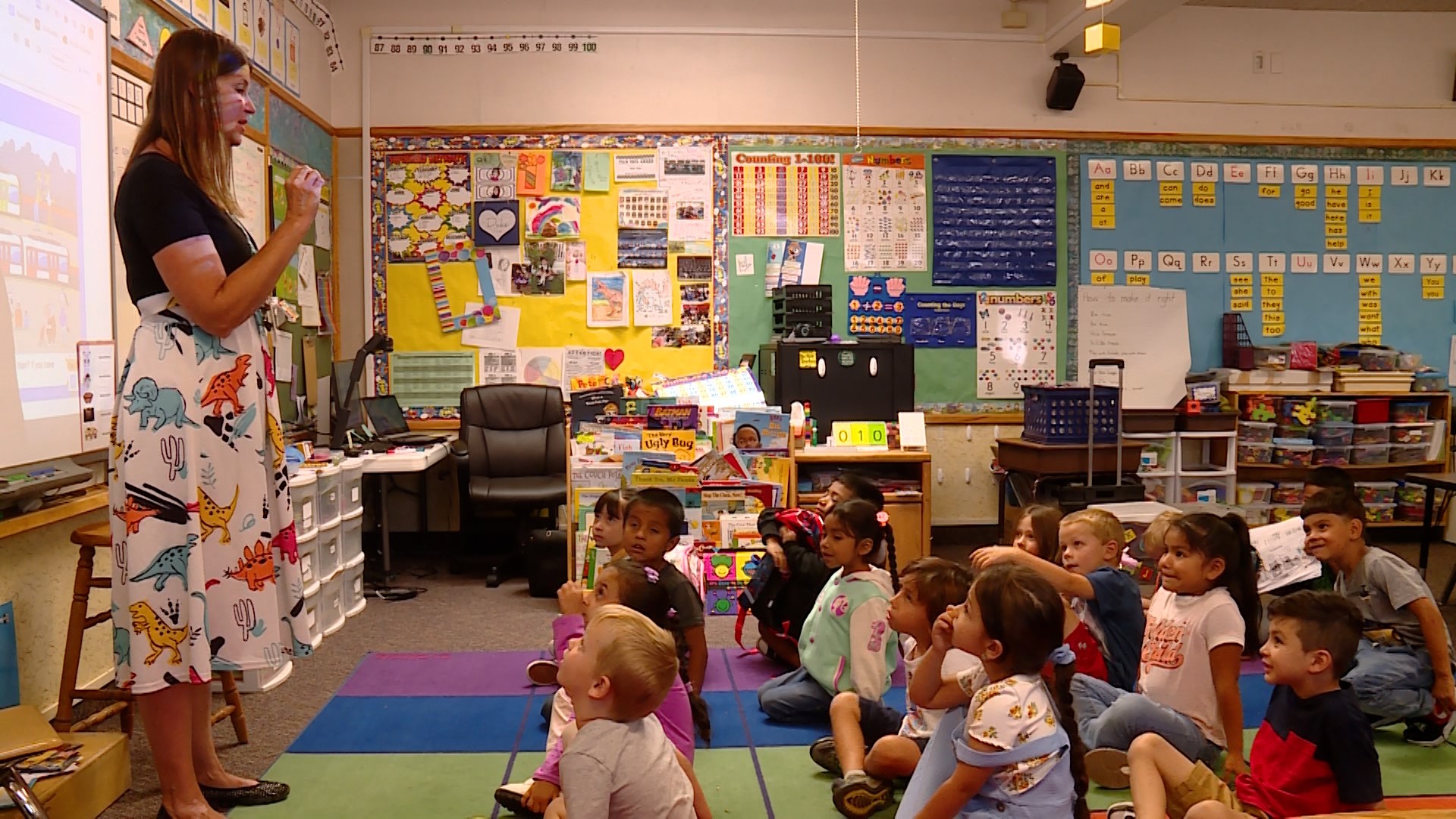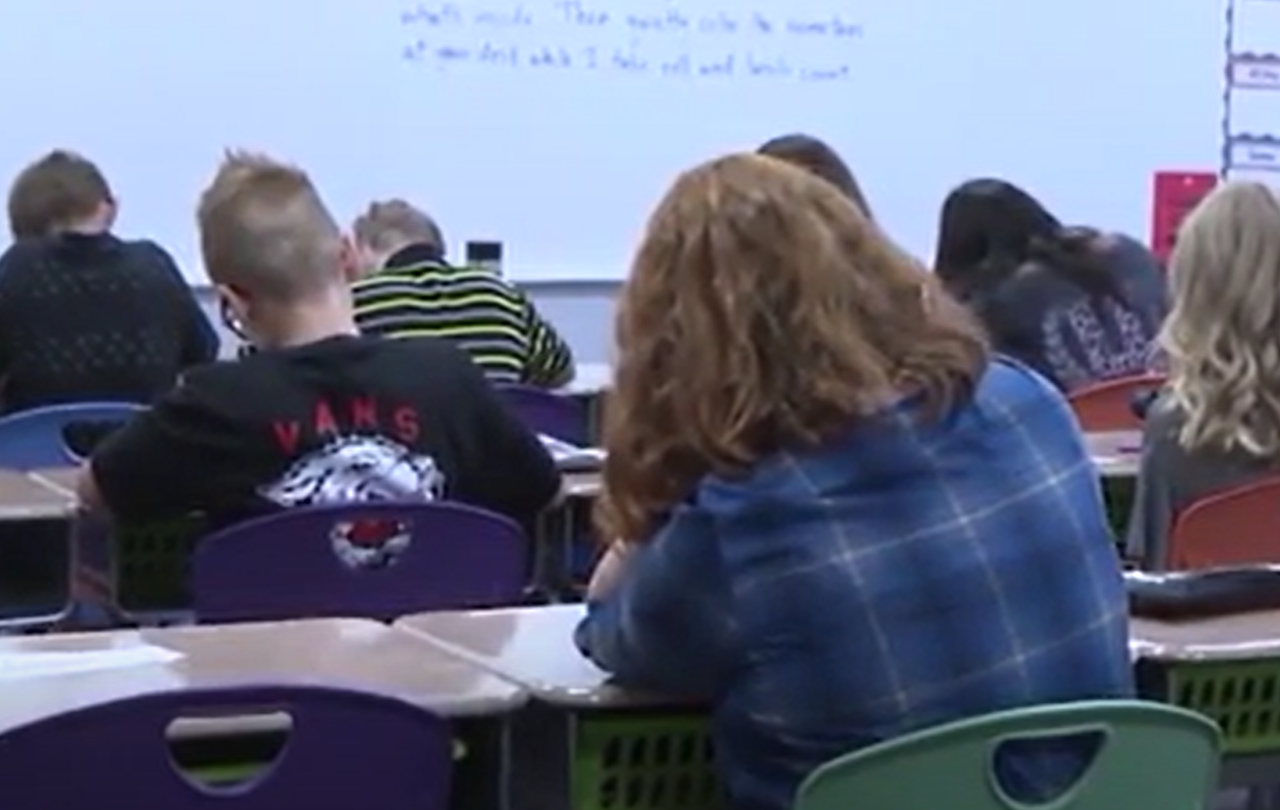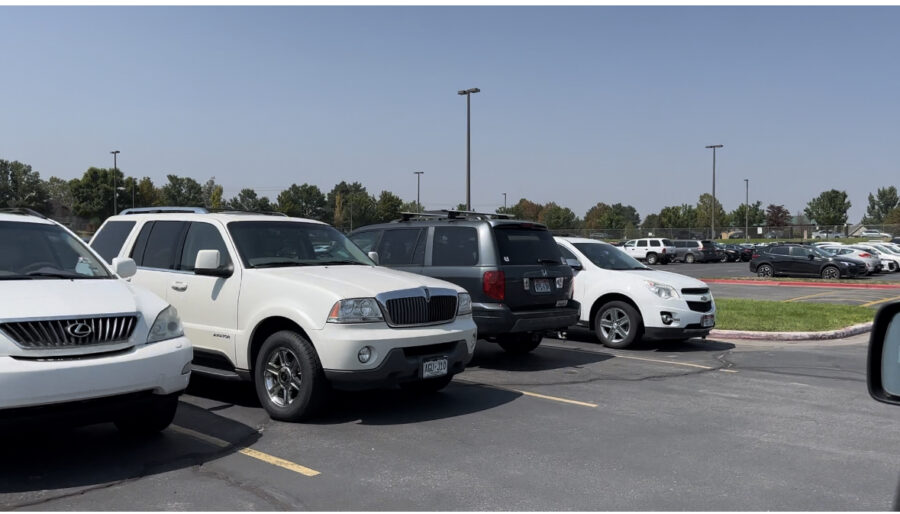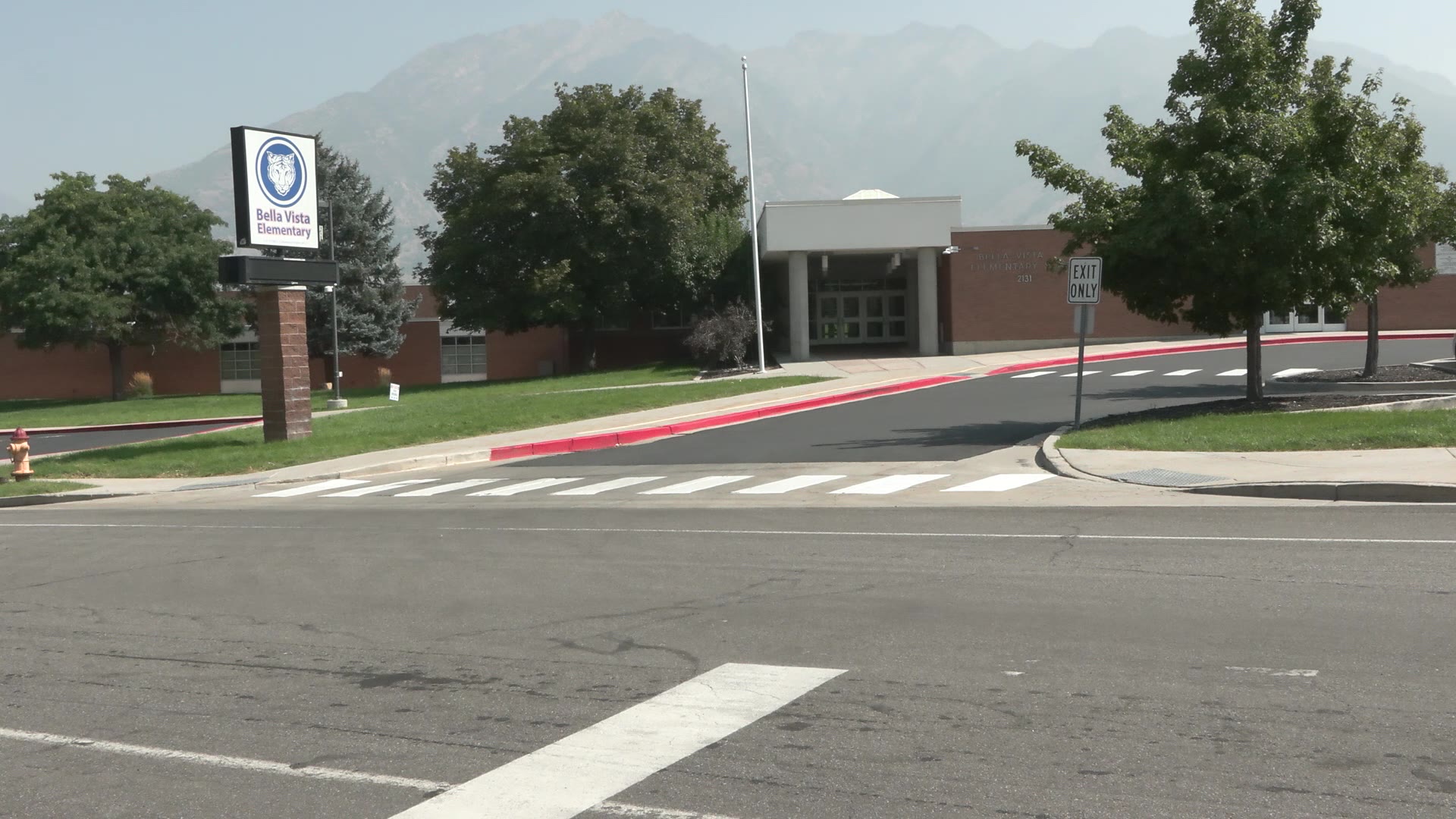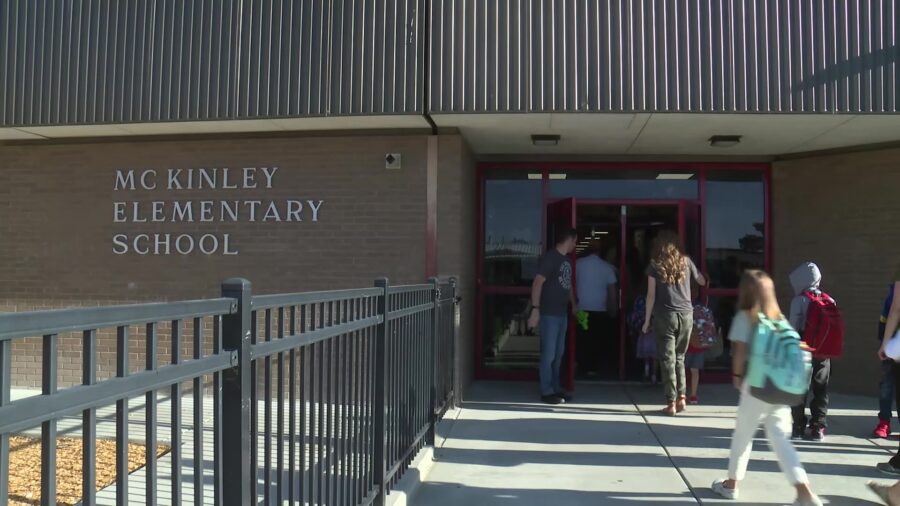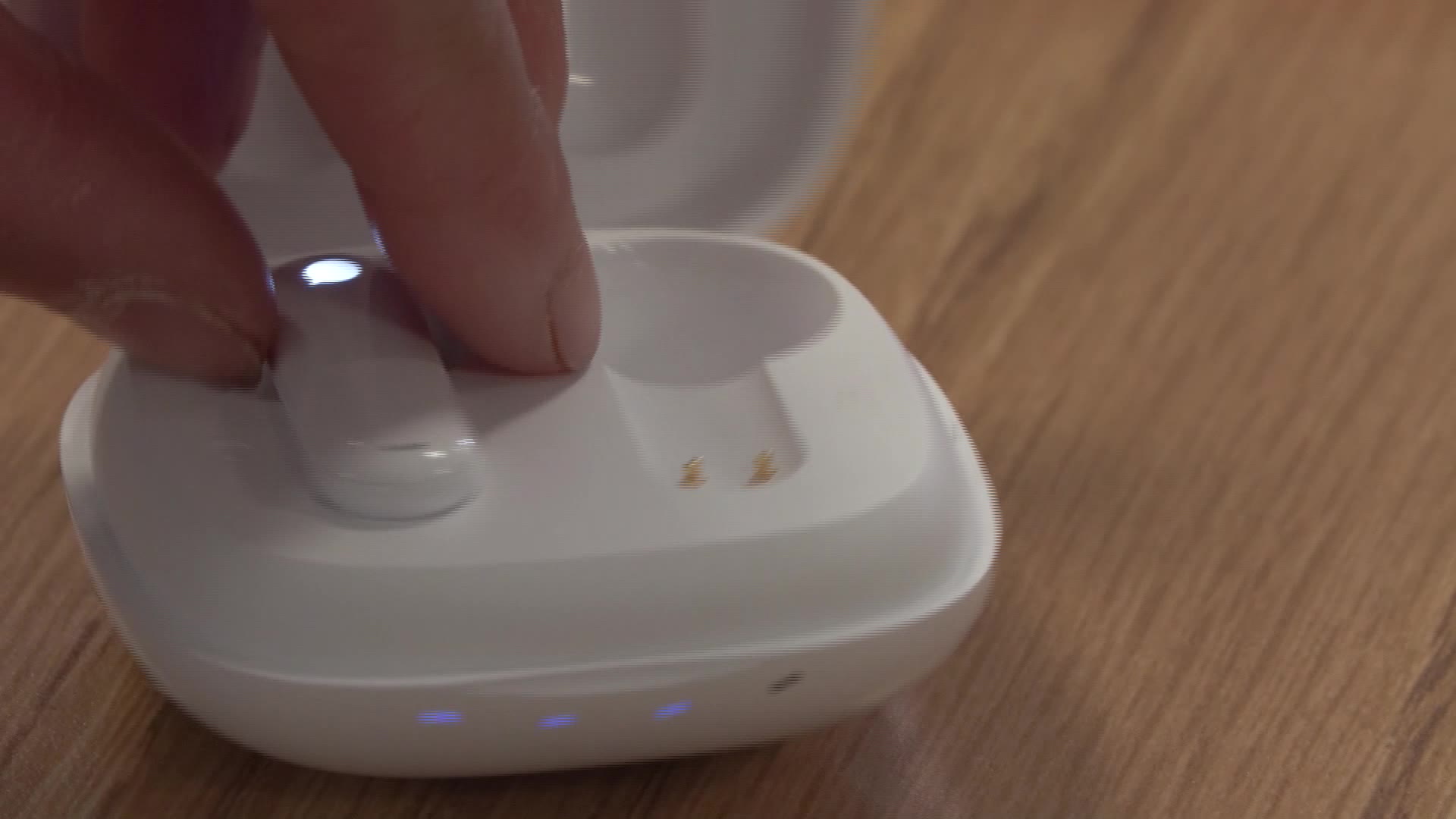Superintendent Dickson Sits Down With KSL To Discuss Back-To-School Concerns
Aug 7, 2020, 10:51 AM | Updated: 10:54 am
SALT LAKE CITY, Utah – When State Superintendent Sydnee Dickson, along with Gov. Gary Herbert, announced in March that schools would be temporarily closing, she didn’t think the pandemic problems would continue into the fall semester.
Now, as many schools across the state prepare for students to return, there have been some concerns.
KSL news specialist Deanie Wimmer sat down one-on-one with Dickson to address some of those concerns.
“I imagined that four a couple of months, we would work on this virus, we could mitigate it by our behavior, and then as we made plans to go back to school, we would be more cautious,” she said.
While the Utah Board of Education has dedicated many months and millions of dollars to reopening schools safely, Dickson said the state’s educators need more.
“Now each individual school is different,” she said. “Everybody has (CARE Act) money, and they’ve all spent it according to their needs. But it’s not enough.”
What else are Utah educators in need of?
“There’s this heavy load on our school system, and teachers are right there in the classroom on the front line,” Dickson said. “They may not have everything they need or feel that they need, but what they need more than anything is our community support and our collective support.”
Dickson emphasized that students’ safety is important, but so is the safety of teachers. The board of education will ensure educators will have face masks, face shields, and other personal protective equipment.
She also addressed the months of distance learning, which have given way to difficult debates as well as teacher and parent protests over how to re-open. With all the local health departments as well as families, educators, and a variety of other voices, Dickson said not everyone feels like their voices have been heard.
Not every district or school is approaching re-opening in the same way, and this has left some parents wondering why there isn’t equal treatment, or at least equal choice, across the state.
Context matters in this situation, she said, and different variables can affect the way classes are conducted.
“When you go to a hybrid model, you have to take into account: What happens for a family where both parents work? How does childcare come into play? How does broadband come into play?”
Dickson said that students learning away from classrooms has created some toxic stress, so educators will be putting extra emphasis on relationships and social and emotional learning. But it could will look different as learning continues through the pandemic.
“There are things that we have just got to do differently,” she said. “And it’s going to maybe feel very sterile, both in terms of the cleanliness – which is a good thing – but also thinking about that social interaction is going to feel a bit different.
Ultimately, getting back to school is not just on the shoulders of principals and teachers, she said. It has to be a community effort.
“We have to do our part,” Dickson said. “Wear masks, social distance and use proper hygiene. And if we could all do those things as citizens of Utah, we could really make a big difference in the safety of our students and teachers getting back to school.”

